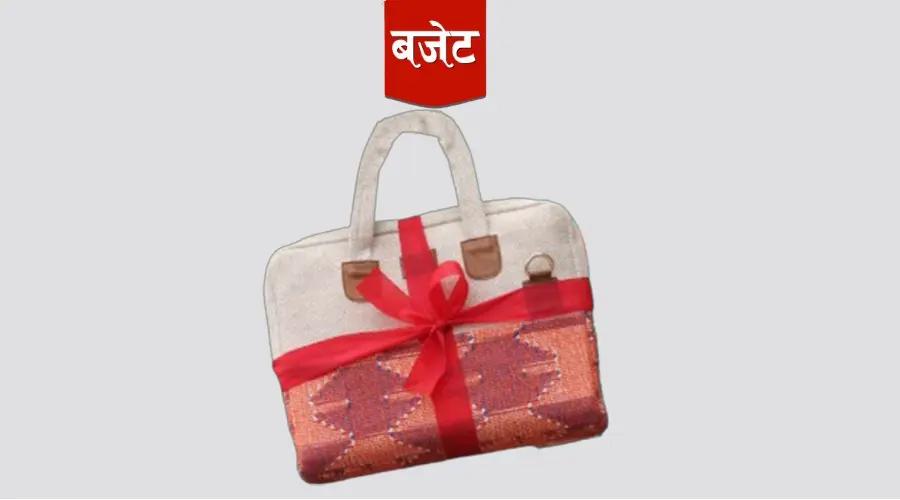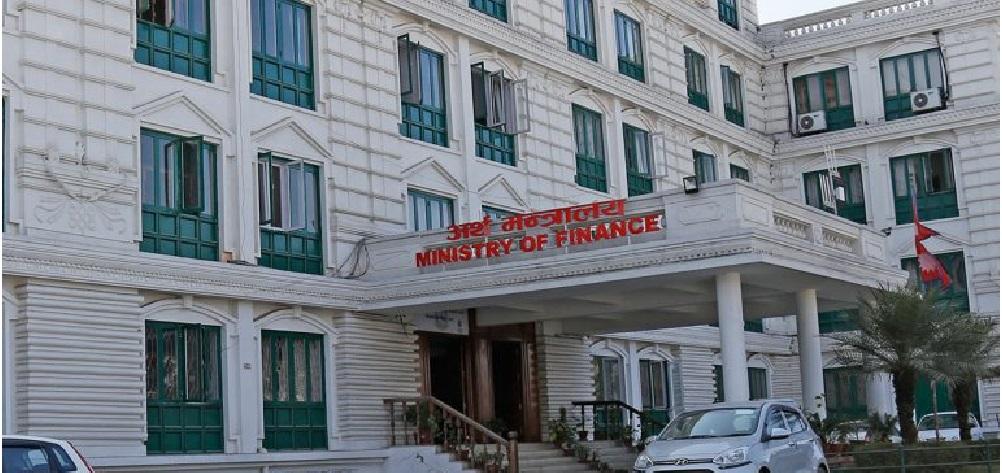By Sandeep Chaudhary
Nepal’s Broad Money Supply (M2) Rises by 0.3% to Rs 7.87 Trillion — NRB Monetary Survey Mid-September 2025

According to the Monetary Survey published by the Nepal Rastra Bank (NRB), Nepal’s broad money supply (M2) increased modestly by 0.3%, reaching Rs 7.87 trillion as of mid-September 2025. The rise was primarily fueled by a strong accumulation of foreign assets and moderate credit expansion in the private sector, even as government borrowing and net domestic assets showed contraction.
Foreign Assets Drive Liquidity Expansion
The report shows net foreign assets (NFA) grew by Rs 153.68 billion (5.8%) in two months, pushing the total to Rs 2.88 trillion. This growth stemmed from higher foreign exchange reserves and valuation gains. Total gross foreign assets reached Rs 3.04 trillion, while foreign liabilities rose only slightly to Rs 157.5 billion, keeping Nepal’s external position strong. The NRB noted that sustained remittance inflows and lower import bills have helped maintain the 16-month import cover, strengthening the banking system’s foreign exchange liquidity.
Domestic Credit and Fiscal Position
Meanwhile, net domestic assets (NDA) fell by Rs 126.99 billion (–2.5%), driven largely by a 12.9% decline in net claims on the government, reflecting reduced government borrowing.
Private sector credit grew by 1.6%, reaching Rs 5.71 trillion, indicating moderate lending recovery.
Claims on non-financial public enterprises also increased slightly by 33.5%, while loans to other financial institutions dropped by 4.4%.
This contraction in domestic assets, coupled with slower fiscal spending, balanced the liquidity generated from the foreign sector, preventing excess inflationary pressure.
Money Supply Dynamics
Within the money supply, narrow money (M1) decreased by 8.4%, mainly due to a sharp fall in demand deposits (–18.8%) as businesses and households preferred holding funds in saving accounts. Conversely, saving and call depositsincreased by 4.5%, showing public confidence in the banking system. Time deposits slightly declined by 0.5%, while total broad money liquidity (M3) rose by 0.4% to Rs 7.96 trillion.
Economic Interpretation
Economists interpret these trends as signs of monetary stability—external reserves are growing, but domestic liquidity is under controlled expansion. The money multiplier (M2) increased to 7.16, suggesting efficient liquidity circulation in the banking system, while the decline in M1 multiplier indicates restrained transactional activity and cautious consumer spending.
Overall, NRB’s data portray a picture of measured monetary growth, balancing external inflows with domestic credit discipline—key for maintaining price stability and financial resilience in FY 2025/26.









